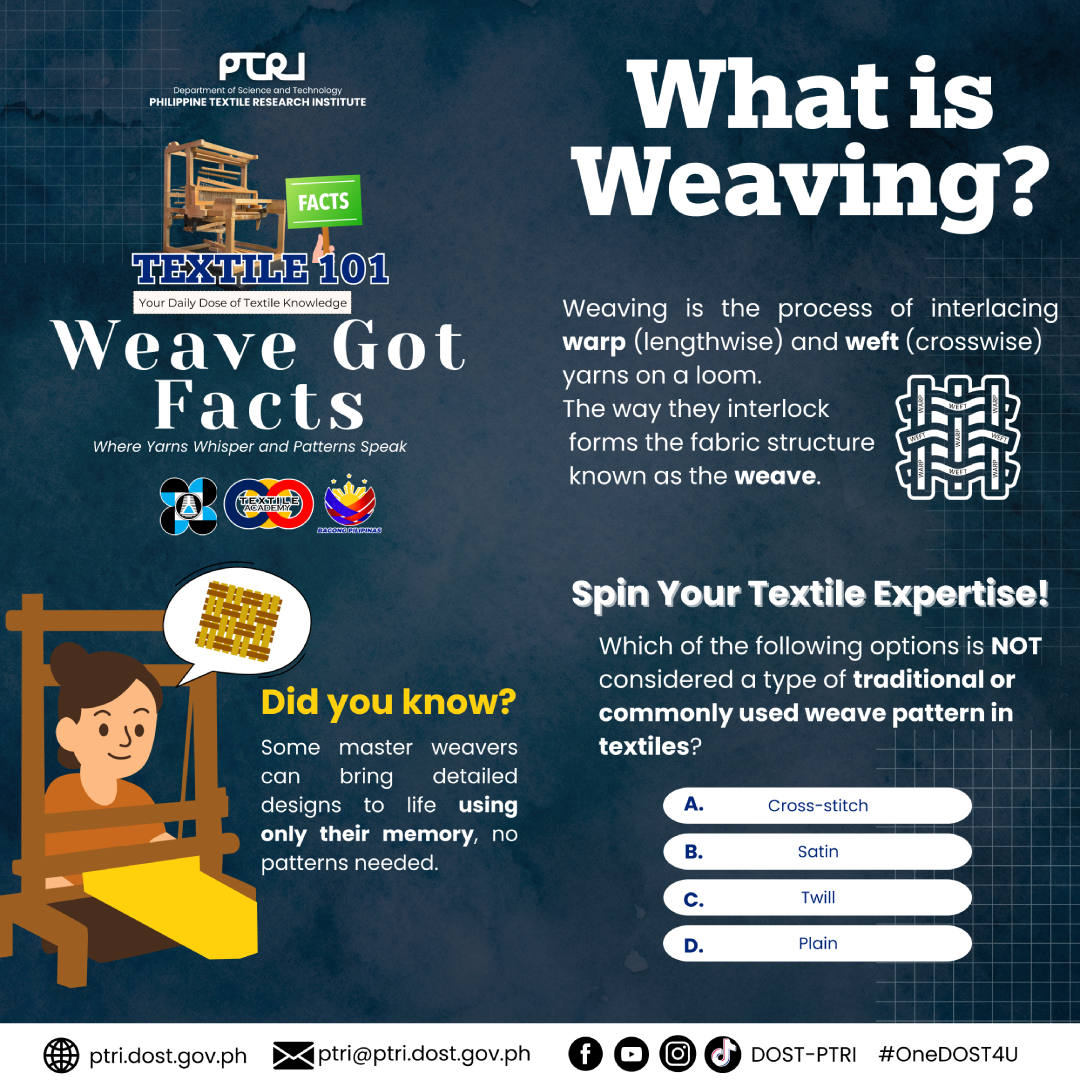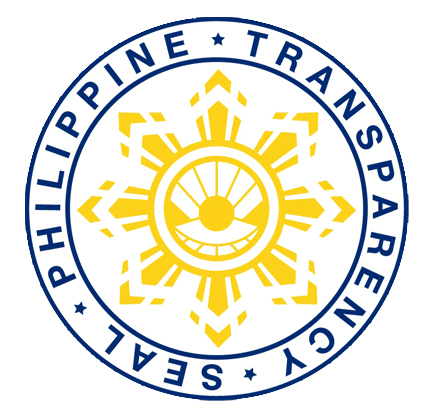Textile 101 on Weave Got Facts: What is Weaving?
Weaving has traditionally been done using a loom, where lengthwise threads known as the warp are stretched. Crosswise threads, called the weft or filler, are then interwoven under and over the warp. The way these threads interlock creates the weave.

The Philippine textile industry, deeply rooted in centuries-old traditions of handloom weaving, is undergoing a quiet transformation with the help of the Department of Science and Technology Philippine Textile Research Institute (DOST-PTRI). As the country’s lead agency for textile research and development, DOST-PTRI plays a vital role in preserving traditional weaving practices while integrating science, innovation, and sustainability into the craft.
Through initiatives like the Philippine Tropical Fabrics Law and Textile Innovation Centers, the institute empowers local weaving communities with advanced techniques, natural dye technology, and improved fiber sources such as pineapple, banana, and abaca. DOST PTRI also provides technical training and equipment that enhance both the quality and competitiveness of woven products in the global market.
In bridging heritage and modernity, DOST PTRI not only uplifts weavers and their livelihoods but also fosters a proud, sustainable future for Philippine textiles woven with both tradition and technology.
Source: Meilach, Dona Z. Creating Art from Fibers and Fabrics. Galahad Books, U.S., 1 Jan. 1972, p. 103.






